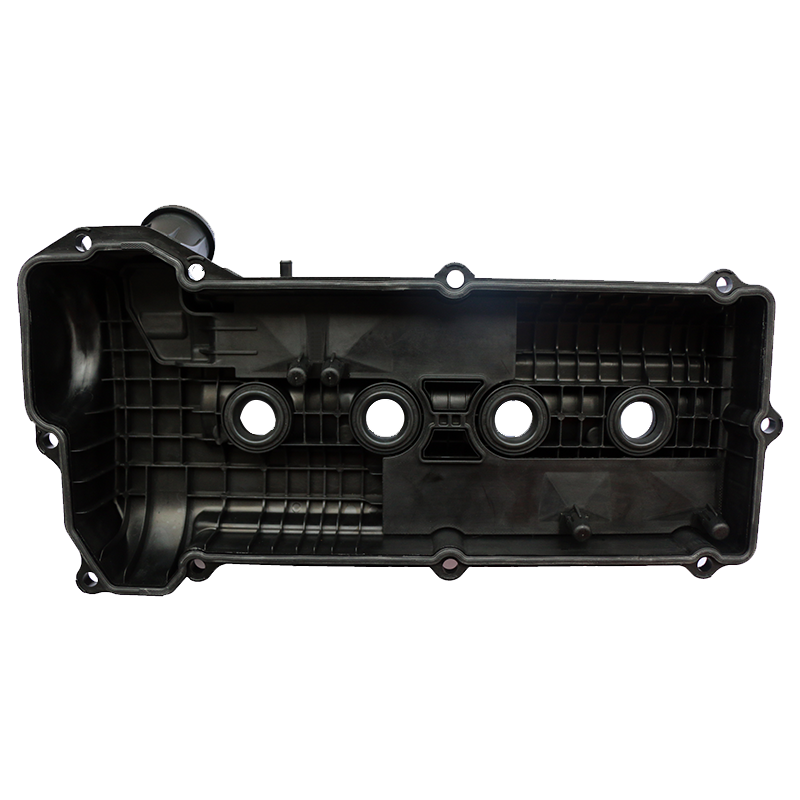Mould is a tool product that is widely used and has a w […]
Mould is a tool product that is widely used and has a wide impact in the manufacturing industry. Without cavity molds, die-casting molds, casting molds, deep-drawing dies and stamping dies, plastic parts, alloy die-casting parts, steel plates and forgings that are widely used and have competitive prices cannot be produced. In modern mass production, there is no high-quality product without high-level molds. It also plays an important role in improving production efficiency and reducing production costs. According to the latest foreign statistical analysis, 75% of the rough machining of metal parts, 50% of the finishing machining and 90% of the plastic parts are processed by molds. Therefore, the mold industry is also called "Crown Industry". Nowadays, mold manufacturing has become an important part of advanced manufacturing technology.
The material used to make the mold is usually a kind of difficult-to-machine material. At present, the domestic mold cavity is generally formed by electric discharge machining (EDM). However, the production efficiency of electrical machining is very low, and neither the speed of mold development nor the quality of mold manufacturing can meet the requirements of modern mass production.
The emergence of high-speed processing technology has opened up a new path for mold manufacturing technology. To replace electrical machining with high-speed machining as much as possible is an inevitable trend to speed up mold development and improve mold manufacturing quality.

The main advantages of high-speed machining are:
Good product quality-high-speed cutting processes parts at a cutting speed about 10 times higher than the conventional cutting speed. The remaining amount of the blank material is cut away from the workpiece in an instant before it is fully deformed, and the residual stress on the surface of the workpiece is very small; Most of the heat (more than 95%) generated in the cutting process is quickly taken away by the chips, and the thermal deformation of the workpiece is small; in the high-speed machining process, the machine tool spindle runs at a very high speed (10000"80000 r/min) to stimulate The frequency is far away from the natural frequency range of the "machine tool-tool-workpiece" system, and the machining process of the parts is smooth and impact-free. Therefore, the machining accuracy of the parts is high, the surface quality is good, and the roughness can reach Ra 0.6μm or more. After high-speed milling The surface quality of the cavity can reach the level of grinding, so many subsequent finishing processes can often be omitted.
High production efficiency—Machining molds with high-speed machining centers or high-speed milling machines can complete the roughing and finishing of the cavity and the machining of other parts of the mold parts in one clamping of the workpiece. This is the so-called "one pass" technology (One Pass Machining). ), the cutting speed is very high, and the efficiency of the machining process itself is several times higher than that of electrical machining. In addition, it neither needs to be used as an electrode, nor does it often require subsequent manual grinding and polishing, and it is easy to automate the processing process. Therefore, the application of high-speed processing technology has greatly increased the development speed of molds.
Prospects:
High-speed machining has high machining accuracy, good surface quality, and high production efficiency. The application effect in the mold industry is very good. The traditional electrical machining process cannot match it. It is fully in line with modern manufacturing technology "high efficiency, high precision and high automation "The development direction has broad application prospects.